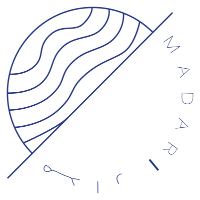The National Immigration and Asylum Strategy (NIAS): the uncertainty revolving around refugee policies and reflected in the desire for integration and border control.
Mehdi Azdem & Abdeslam Ziou Ziou, June 17, 2022
The history of contemporary migrations in Morocco dates back to the first half of the 20th century. It was marked by emigration of Moroccans abroad.
Introduction:
The history of contemporary migrations in Morocco dates back to the first half of the 20th century. It was marked by emigration of Moroccans abroad, which subsequently and for several reasons, including the closing of borders and the introduction of visas, led to migratory flows to Morocco. According to the High Commissioner for Planning in a report dated 1994 on the logic of migration in Morocco, several phases marked this period and which can be summarized as follows:
- “Phase 1 (1956 - 1968): establishment of the institutional framework and the conclusion of numerous immigration agreements between Morocco and the countries requesting migrants;
- Phase 2 (1969 – 1974): migratory outburst towards Europe: France, Belgium, Netherlands, Germany and Scandinavian countries;
- Phase 3 (1975 – 1989): crisis in European economies and rise in unemployment. Emigration has slowed down in the face of the borders shutdown, the instigation of the departure of immigrants, the rise and the trivialization of racism in Europe;
- Phase 4 (1990 – 1993): closure of Europe's borders and the initiation of visas;”
To continue to read the rest of this blog please read the document below.
Feb. 23, 2024, 4:19 p.m.











